The video shows us how to find the area of parallelogram using geometry. Here in this video it is done by using an example where the parallelogram is given ABCD. The area of the parallelogram is base times height (bh). Here the base is given as 15 but the height is not known but it is represented by the segment BD. To find the value of h, let's use right triangle BDC on the right side of the figure. Since base is 15 and the opposite side of the parallelogram is congruent, the hypotenuse of the right triangle must have a length of 17. Now using the Pythagorean theorem to find the value of h, we have 15(squared) + h (squared) = 17(squared). After solving the equation, the value of h will be 8. This becomes the height and as it was previously mentioned area of the parallelogram is base times height (bh) we now know both the values of base (b) and height (h) and calculating this, the area of the parallelogram will be 15.8 which will be equal to 120. This is the way the area of parallelogram is found out.
Just updated your iPhone? You'll find new emoji, enhanced security, podcast transcripts, Apple Cash virtual numbers, and other useful features. There are even new additions hidden within Safari. Find out what's new and changed on your iPhone with the iOS 17.4 update.




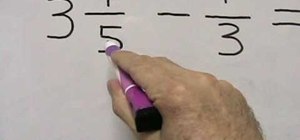




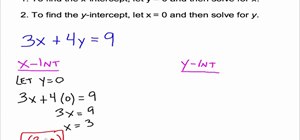
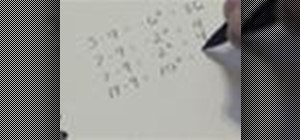

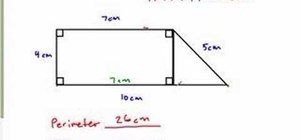
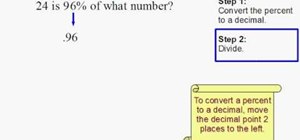
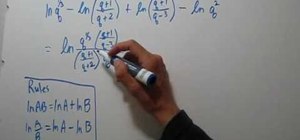
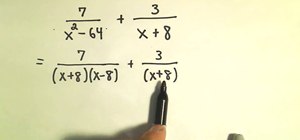






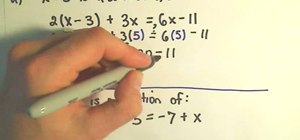


Be the First to Comment
Share Your Thoughts